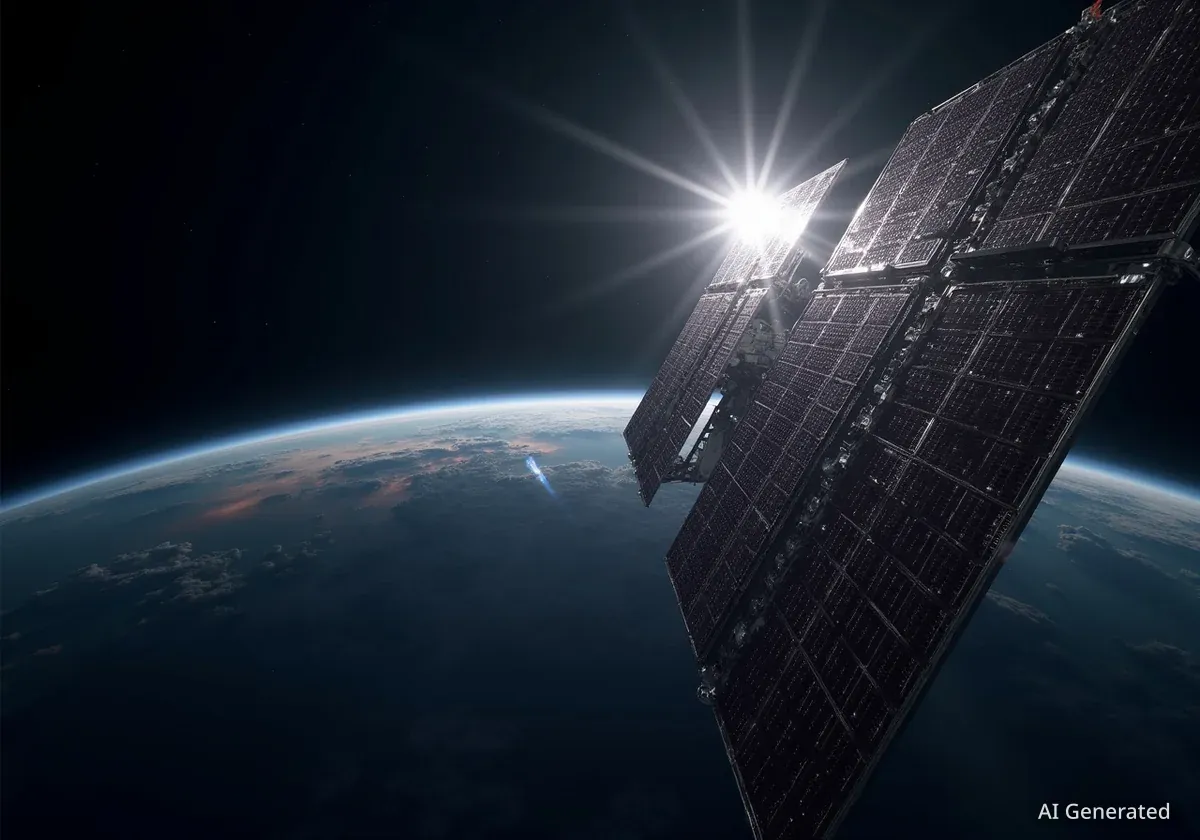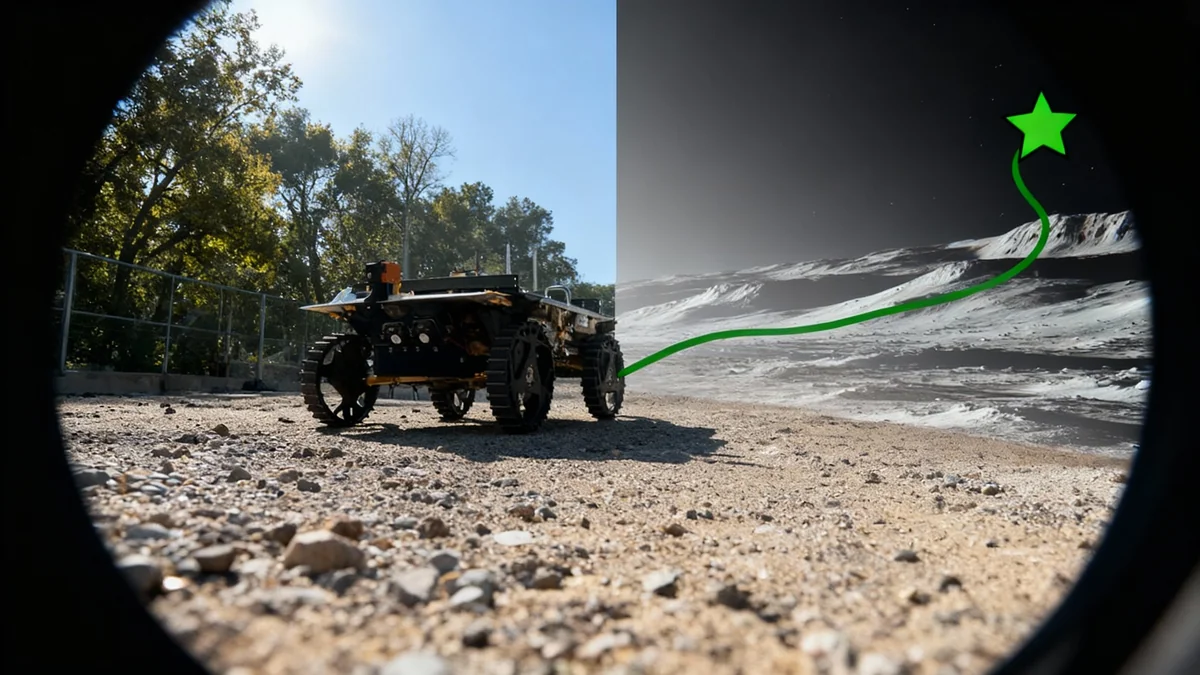Saudi Arabia's stc group and U.S.-based AST SpaceMobile have finalized a 10-year commercial agreement to deliver satellite-based cellular broadband directly to standard mobile phones. The partnership aims to eliminate mobile service gaps across Saudi Arabia and other regional markets by connecting users where traditional cell towers cannot reach.
As part of the definitive agreement, stc has committed to a $175 million prepayment for future services, signaling a major investment in the space-based network. The collaboration will focus on providing 4G and 5G connectivity to consumers, businesses, and government agencies in remote and underserved areas.
Key Takeaways
- stc group and AST SpaceMobile have signed a 10-year commercial agreement for direct-to-device satellite connectivity.
- stc has committed to a $175 million prepayment for future services and a long-term revenue commitment.
- The service will provide 4G and 5G connectivity to standard smartphones without special hardware.
- Three new ground gateways and a Network Operations Center will be built in Saudi Arabia.
- Commercial launch is anticipated in the fourth quarter of 2026, pending regulatory approvals.
A New Frontier for Mobile Connectivity
The partnership marks a significant step toward achieving ubiquitous mobile coverage. AST SpaceMobile is developing a network of satellites in low Earth orbit designed to function as cell towers in space. This technology allows standard, unmodified smartphones to connect directly to the satellite network, bypassing the need for terrestrial infrastructure.
This capability is crucial for regions with challenging terrain or low population density, where building traditional cell towers is not economically viable. The service promises to deliver both voice and broadband data, effectively extending stc's network to cover 100% of the geographic areas within its operational footprint.
"By expanding coverage by using the latest innovations in telecommunications technology, stc and AST SpaceMobile are bridging connectivity gaps and ensuring no one is left out of the digital future," said Olayan Alwetaid, CEO of stc group.
The agreement makes stc group the first telecommunications operator in the Middle East and North Africa (MENA) region to formally adopt this direct-to-device satellite technology. It aligns with the company's strategy to invest in next-generation infrastructure and expand digital access.
How the Technology Works
Unlike traditional satellite phones that require bulky, specialized hardware, AST SpaceMobile's system is engineered to work with the phone already in your pocket. The company's satellites feature large phased-array antennas that can establish a connection with standard mobile devices on the ground.
When a user is outside the range of a terrestrial tower, their phone will automatically search for and connect to the satellite network. The experience is designed to be seamless, with no need for the user to install special software or change their device settings.
$175 Million Commitment
stc group's $175 million prepayment for future services underscores its confidence in the technology and represents a substantial financial commitment to the project's success in the region.
Building the Ground Infrastructure
To support the space-based network, the agreement includes the development of significant ground infrastructure within Saudi Arabia. AST SpaceMobile will construct three satellite ground gateways in the Kingdom.
These gateways will act as the crucial link between the satellite constellation and stc's core terrestrial network, routing traffic and ensuring seamless integration. This allows calls and data sessions to be handled just like any other mobile traffic on stc's network.
Furthermore, a dedicated Network Operations Center (NOC) will be established in Riyadh. This facility will be responsible for monitoring network performance, managing service quality, and overseeing the technical operations for the entire region, creating skilled technical jobs within the Kingdom.
The Global Push for Satellite Connectivity
The move by stc and AST SpaceMobile is part of a broader global trend where satellite companies and mobile operators are collaborating to solve the problem of "mobile dead zones." Billions of people worldwide still lack reliable broadband access, a gap that space-based networks are uniquely positioned to fill.
Impact on Regional Development and Digital Inclusion
The primary goal of this initiative is to bridge the digital divide. By providing reliable high-speed internet to previously unconnected areas, the partnership aims to unlock new opportunities for economic development, education, and access to essential services.
Potential applications include:
- Emergency Services: Ensuring first responders have reliable communication in remote disaster areas.
- Education: Providing students in rural communities with access to online learning resources.
- Economic Growth: Enabling businesses, from agriculture to tourism, to operate more effectively in remote locations.
- Digital Inclusion: Connecting millions of people who are currently unserved or underserved by existing mobile networks.
Abel Avellan, Founder, Chairman, and CEO of AST SpaceMobile, described the collaboration as a catalyst for change. "stc group regional leadership and commitment to innovation, combined with our pioneering space-based network, will create a paradigm shift in how people connect," he stated.
The Road to Commercial Launch
While the agreement is a major milestone, the public rollout of the service is still on the horizon. The companies anticipate a commercial launch during the fourth quarter of 2026.
This timeline is contingent upon securing all necessary regulatory authorizations. This includes licensing and compliance approvals from the Communications, Space and Technology Commission (CST) of Saudi Arabia, as well as regulatory bodies in the other countries where the service will operate.
The successful deployment of AST SpaceMobile's Block 2 BlueBird satellites, which will form the operational constellation, is another critical factor. As the infrastructure is built out and regulatory hurdles are cleared, the partners will move closer to their goal of delivering universal mobile broadband coverage across the region.





